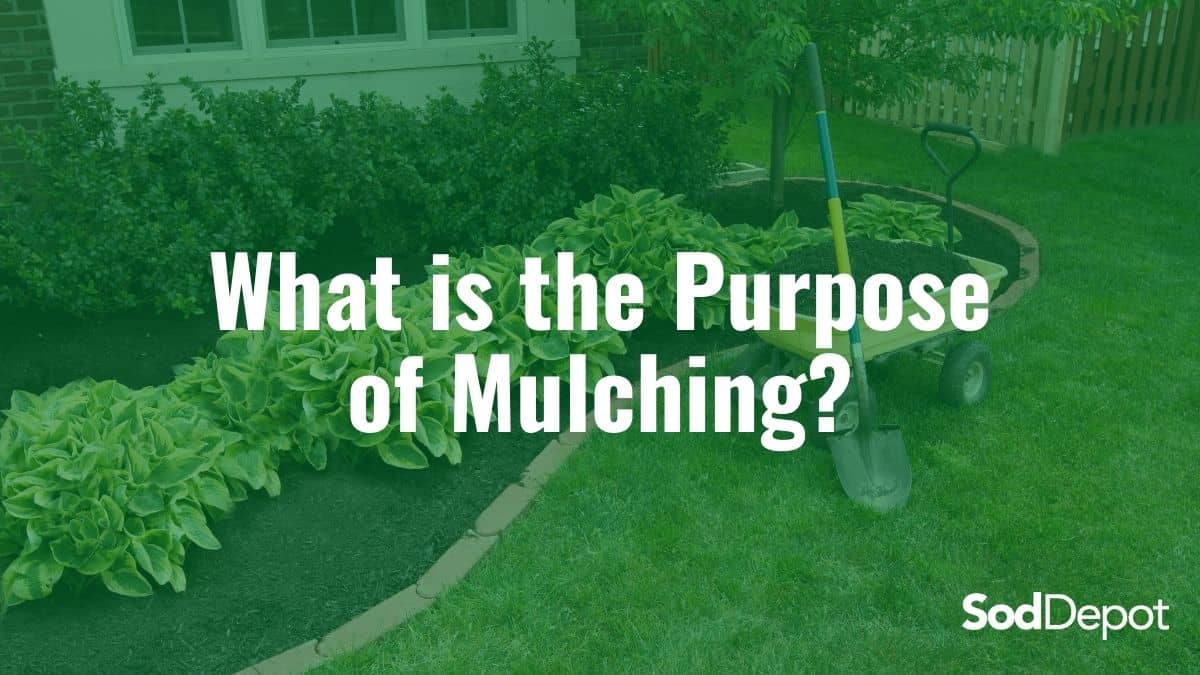Get This Report on Hilton Head Landscapes
Get This Report on Hilton Head Landscapes
Blog Article
Our Hilton Head Landscapes Statements
Table of ContentsThe 2-Minute Rule for Hilton Head LandscapesNot known Details About Hilton Head Landscapes Things about Hilton Head LandscapesOur Hilton Head Landscapes Diaries7 Simple Techniques For Hilton Head Landscapes8 Simple Techniques For Hilton Head LandscapesThe Definitive Guide for Hilton Head Landscapes
Line creates all kinds and patterns and can be utilized in a selection of methods in the landscape. Line in the landscape is developed by the side between 2 materials, the outline or shape of a form, or a lengthy linear function. Lines are a powerful device for the developer since they can be made use of to develop an unlimited variety of shapes and kinds, and they manage activity of the eye and the body.

Lines in the landscape. The homes of lines determine exactly how individuals react to the landscape, both emotionally and literally.
The Ultimate Guide To Hilton Head Landscapes
Straight lines are most typically located in hardscape sides and product. Rounded lines produce an informal, natural, loosened up personality that is associated more with nature and asymmetrical balance. Curved lines move the eye at a slower pace and add secret to the area by creating surprise sights. Upright lines move the eye up, making a space really feel bigger.
Vertical lines in the landscape consist of high, narrow plant product, such as trees, or high frameworks, such as an arbor or a bird house on a post. Horizontal lines relocate the eye along the ground airplane and can make a space really feel larger. Reduced lines are much more subdued and produce a sensation of rest or repose.
Some Of Hilton Head Landscapes
Low lines are developed by low garden wall surfaces, pathways, and brief hedges. Lines are made use of to attract forms on a plan. In strategy sight, they define plant beds and hardscape areas. Lines are also developed by the upright kinds of built attributes and plant material. There are three main line types that produce type in the landscape: bedlines, hardscape lines, and plant lines.
Bedlines connect plant material to your home and hardscape because the eye complies with the line, relocating the gaze through the landscape. Hardscape lines are developed by the side of the hardscape, which defines the constructed framework. Line can also be produced by lengthy and slim products, such as a fencing or wall.
The smart Trick of Hilton Head Landscapes That Nobody is Discussing
Form is discovered in both hardscape and plants, and it is generally the leading aesthetic component that spatially arranges the landscape and usually determines the style of the yard. The kind of frameworks, plant beds, and garden ornaments likewise figures out the general type style of the garden. Official, geometric kinds consist of circles, squares, and polygons.
Plants create form in the yard through their describes or silhouettes, however form can additionally be specified by a space or unfavorable space between plants - landscapers in bluffton sc (https://hilton-head-landscapes-46665114.hubspotpagebuilder.com/blog/transform-your-outdoor-space-with-hilton-head-landscapers). Circles can be full circles, or they can be divided right into fifty percent circles or circle sections and combined with lines to develop arcs and tangents
Little Known Facts About Hilton Head Landscapes.
Circles can additionally be extended right into ovals and ellipses for even more selection and rate of interest. Circles are a solid design type because the eye is always drawn to the center, which can be used to emphasize a focal factor or link various other forms. Number 2. Round forms in hardscape and yard panels.
The square kind can additionally be fractional and used consistently to create a grid pattern. Unlike circles, squares are stronger on the sides, which can be aligned or overlapped to create distinct patterns and even more intricate forms. Polygons are many-sided types with straight sides. Triangulars, for instance, are three-sided polygons.
Twisting lines commonly imitate the all-natural course of rivers or streams and can be called smooth lines with deeply curved undulations. Meandering lines (Figure 3) function well for pathways, plant bedlines, and dry stream beds. Meandering lines can add interest and mystery to a garden by leading audiences around corners to find new sights and rooms.
Not known Factual Statements About Hilton Head Landscapes

Figure 5. Fragmented sides: tipping stones in pathway. Kind is the most enduring top quality of a plant (Landscaping bluffton sc). https://peatix.com/user/22927863/view. Typical plant types are well established and standard, as type is the most regular and identifiable characteristic of plants. Kind can likewise be created via the massing of plants, where the general mass creates a various type than an individual plant.
A highly different form needs to be used with careone or 2 work well as a prime focus, but a lot of develop mayhem. All-natural plant forms, as opposed to over-trimmed forms, must establish the bulk of the make-up. The significance of total type is extra or much less dependent on the watching perspectivethe type of a tree can appear fairly different to a person standing under the cover versus watching the tree from a distance in an open area.
Hilton Head Landscapes for Dummies
Plant kinds likewise develop and specify deep space or open spaces in between the plants, producing either convex or concave kinds in the spaces. High-arching tree branches typically create a concave open area under the branches, and a round canopy with low branches loads the room to create a Your Domain Name convex form outdoors room under the tree.

Report this page